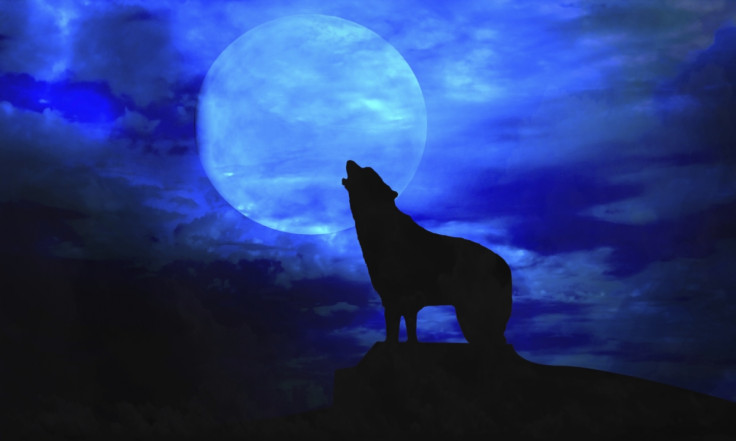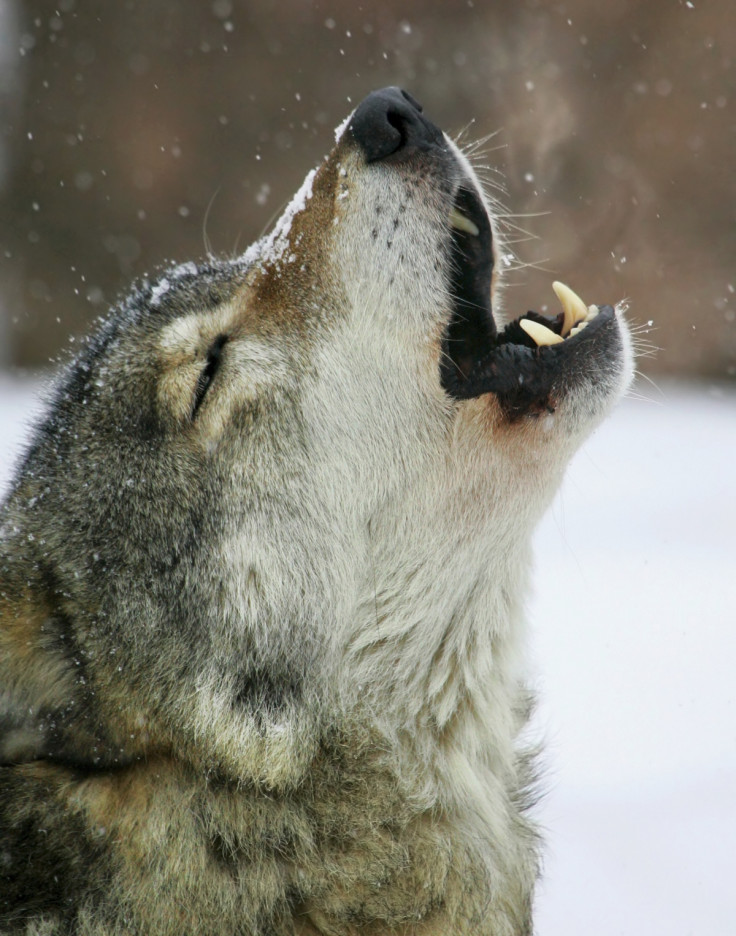Full wolf moon 2017: What it means and where to watch it live online
The full Wolf moon – or January's full moon – will be visible on 12 January.

The full Wolf moon – or January's full moon – will be visible on 12 January. It is thought to have been dubbed the wolf moon by Native American tribes because at this time of year wolves would often howl in their search for scarce prey.
Food shortages in winter months meant they would scavenge for food wherever they could and travel around more than when prey is abundant. Wolves would also be competing with humans for food, and would sometimes gather outside villages.
Full moon names tend to reflect the goings on of that time of the year. For example, February's moon is known as the full snow moon – because traditionally this is the month where most snow falls. Other than being called a full wolf moon, it is just a normal moon.
However, the link between wolves and the Moon are longstanding. Legends about wolves and the moon permeate many cultures, dating back thousands of years.

Ovid and Virgil both wrote about men in the form of wolves would roam the forest – at this time the moon had nothing to do with their transformation. Ovid's Metamorphosis also includes the story of how Lycaeon (where the word lycanthropy comes from) was turned into a wolf by Zeus after offending the gods for serving human meat to them.
The idea of werewolves became more popular in Europe during the witch trails, where people thought witches could transform themselves into animals. The full moon being the cause of transformation only became a popular part of the werewolf myth in the 20<sup>th century.
Footage of the full wolf moon will be streamed online and astronomers Paul Cox and Bob Berman will be discussing the event. You can watch live online here or watch a livestream below. It starts on 12 January at 8.30pm EST (13 January 1.30am GMT).
© Copyright IBTimes 2025. All rights reserved.






















